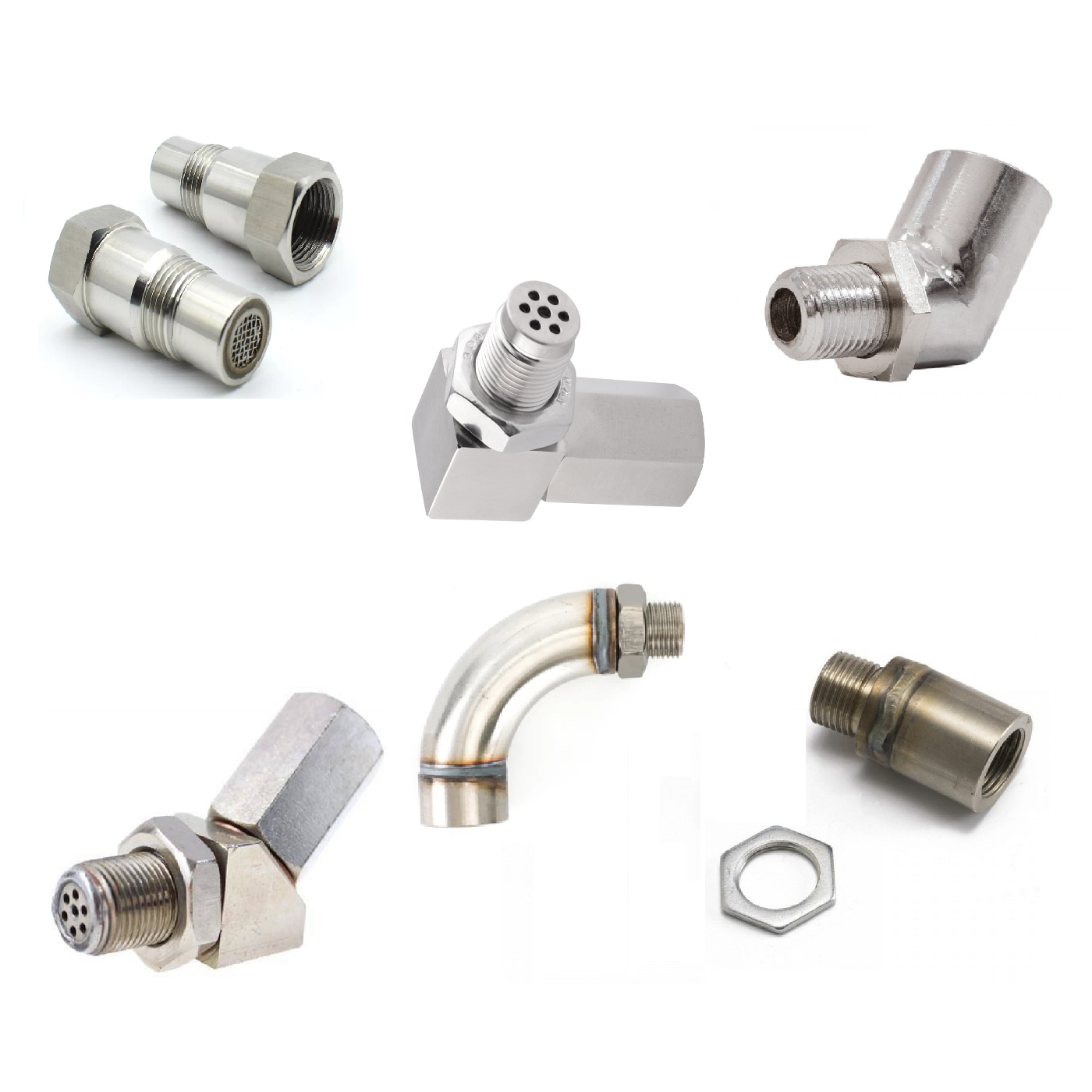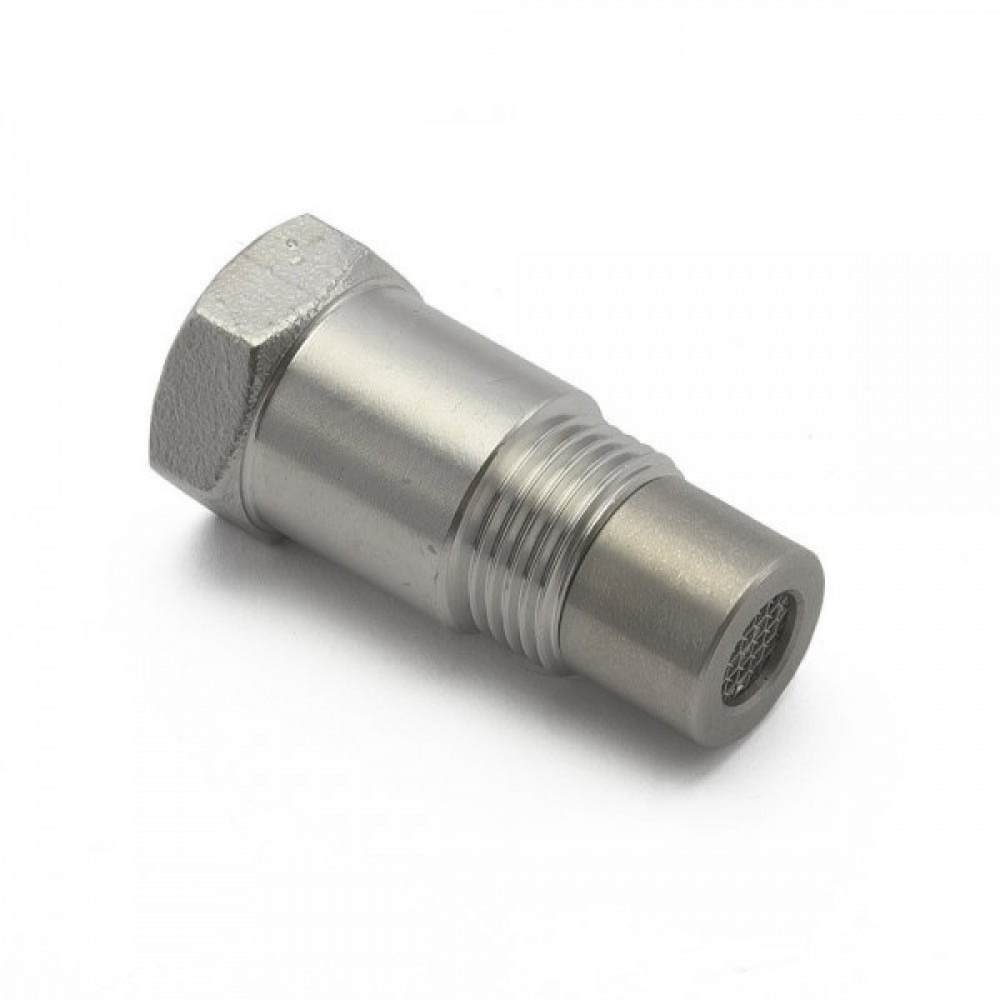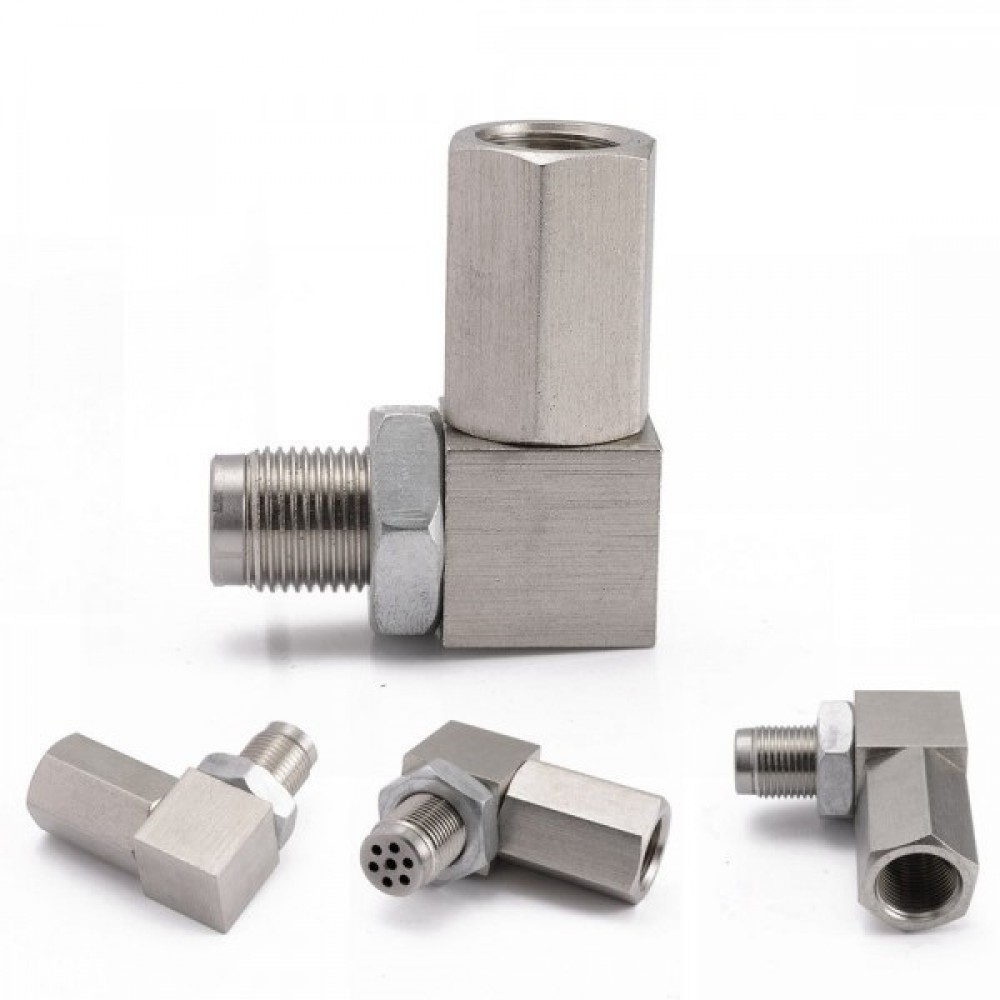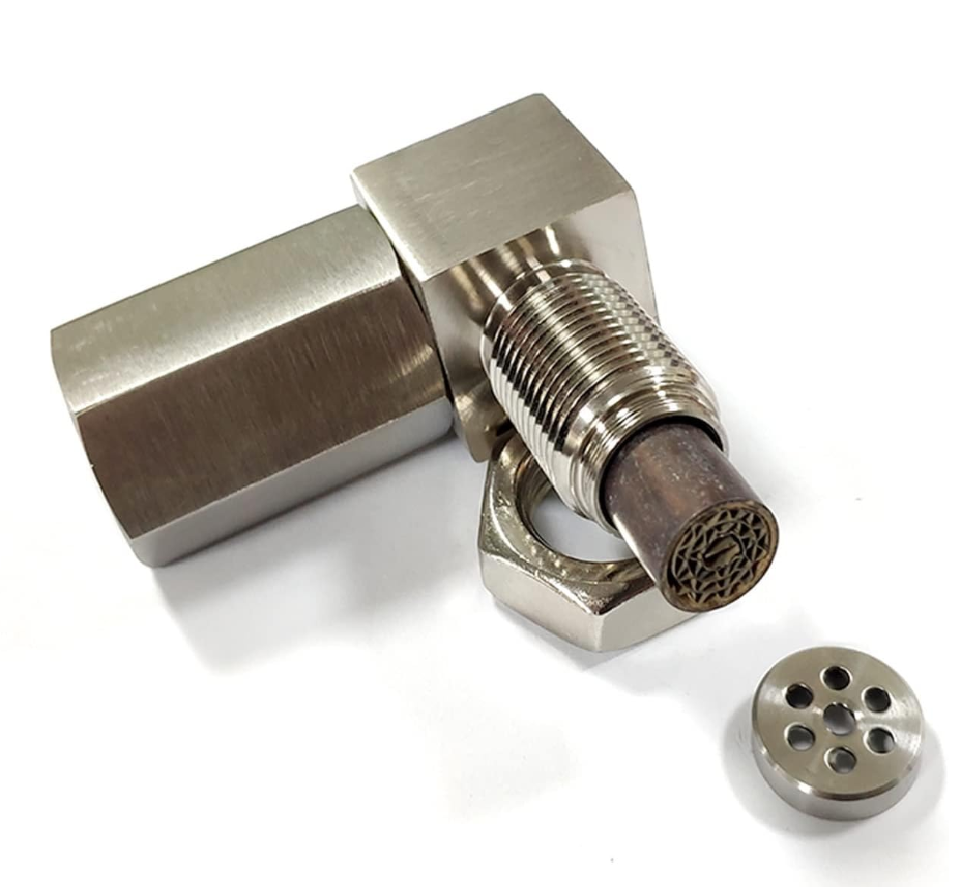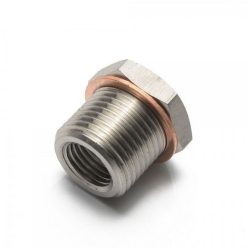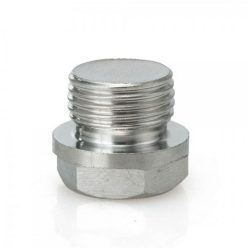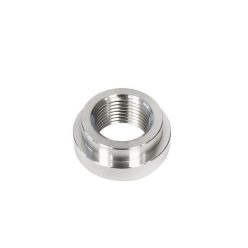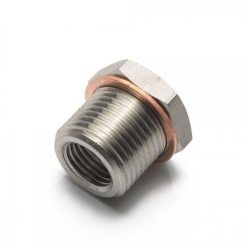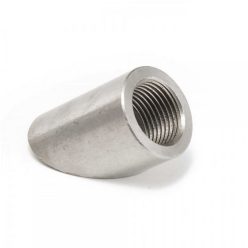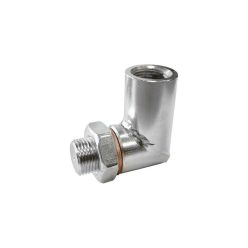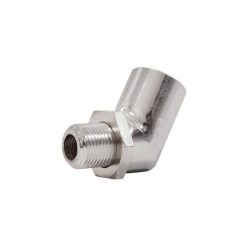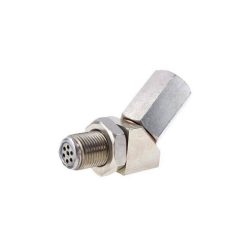1
16
In stock
Brand:
--- None ---
9 €
Net price: 7 €
Net price: 7 €
In stock
Brand:
--- None ---
16 €
Net price: 12 €
Net price: 12 €
Last items
Brand:
--- None ---
5 €
Net price: 4 €
Net price: 4 €
Available for order
Brand:
--- None ---
8 €
Net price: 6 €
Net price: 6 €
Available for order
Brand:
--- None ---
4 €
Net price: 3 €
Net price: 3 €
Available for order
Brand:
--- None ---
In stock
Brand:
--- None ---
6 €
Net price: 5 €
Net price: 5 €
Available for order
Brand:
--- None ---
7 €
Net price: 6 €
Net price: 6 €
Last items
Brand:
--- None ---
7 €
Net price: 6 €
Net price: 6 €
In stock
Brand:
--- None ---
8 €
Net price: 6 €
Net price: 6 €
In stock
Brand:
--- None ---
15 €
Net price: 12 €
Net price: 12 €
In stock
Brand:
TurboWorks
15 €
Net price: 12 €
Net price: 12 €
In stock
Brand:
--- None ---
20 €
Net price: 16 €
Net price: 16 €

